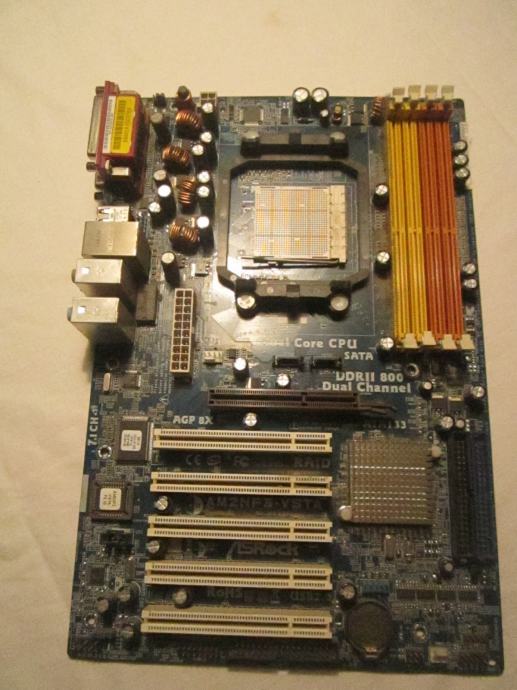
For more information, see WDM Audio Terminology and Developing a WaveRT Miniport Driver. For more information about the algorithm that is used, see Audio Endpoint Builder Algorithm.
Is used to discover new audio devices and create software audio endpoints. The Audio Endpoint Builder (audioendpointbuilder.exe): Implements Windows policies for background audio playback, ducking, etc.Īudio Endpoint Builder (audioendpointbuilder.exe). Is used to setup and control audio streams. For more information about APOs, see Windows Audio Processing Objects. Loads Audio Processing Objects (APOs), which are H/W-specific plugins that process the audio signal. For more information about how the audio engine uses buffers to transfer audio, see Understanding the WaveRT Port Driver. The audio engine consists of two related components, the Audio Device Graph (audiodg.exe), which loads the Audio Engine (audioeng.dll). These APIs are not recommended for Windows applications. This lower level API is recommended for enumeration. WASAPI (High performance, but more complicated). These lower level APIs are recommended for audio streaming. HTML Audio object and Video object (used by websites and Windows Web Apps). These APIs are in currently in use and supported. 
The top level APIs are used for application development. This diagram provides a summary of the major elements of the Windows 10 audio stack. This topic provided a high level summary of the Windows 10 audio architecture.





 0 kommentar(er)
0 kommentar(er)
